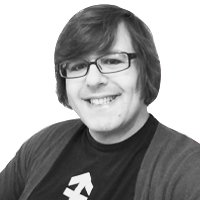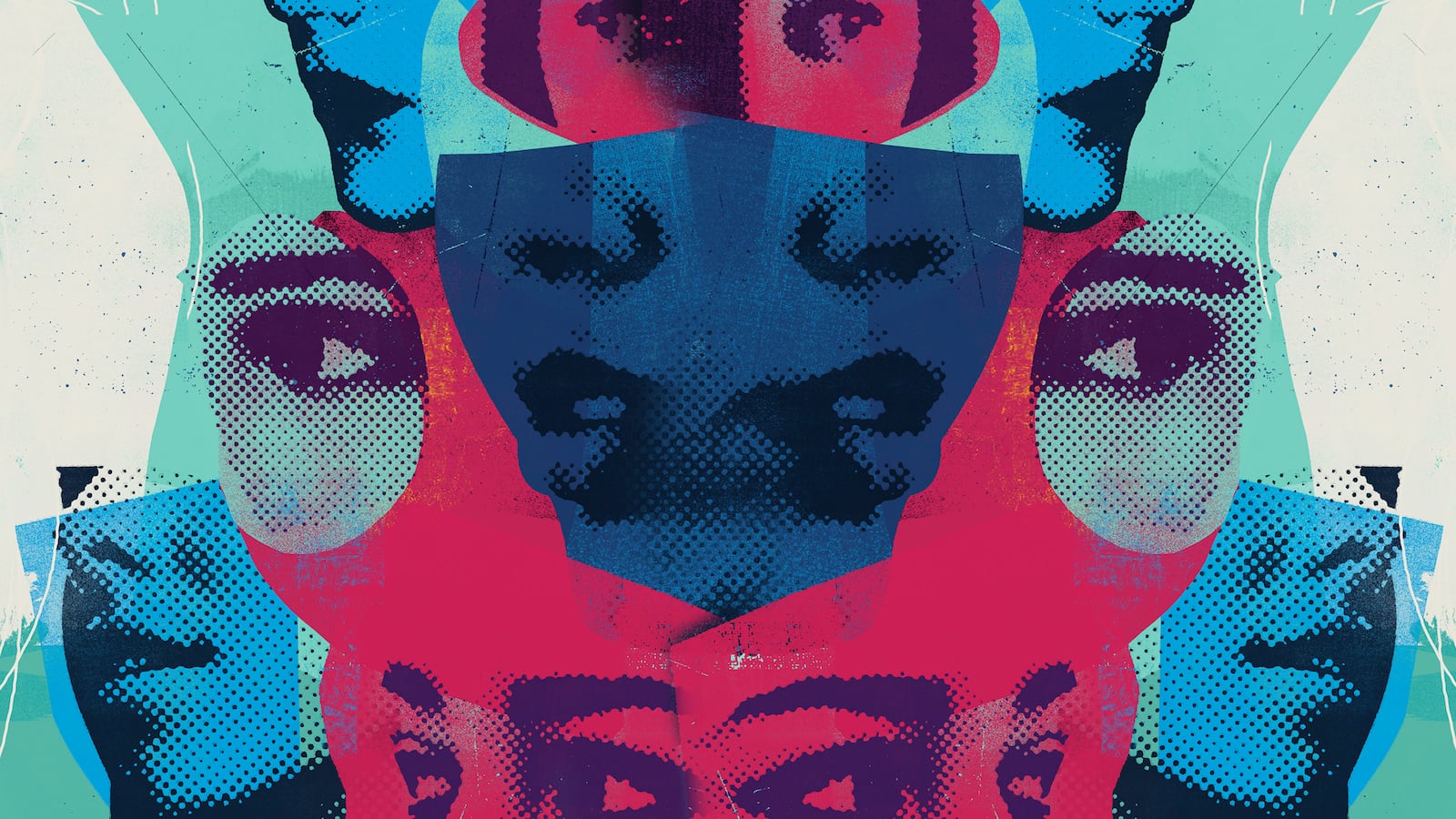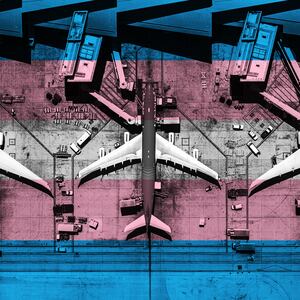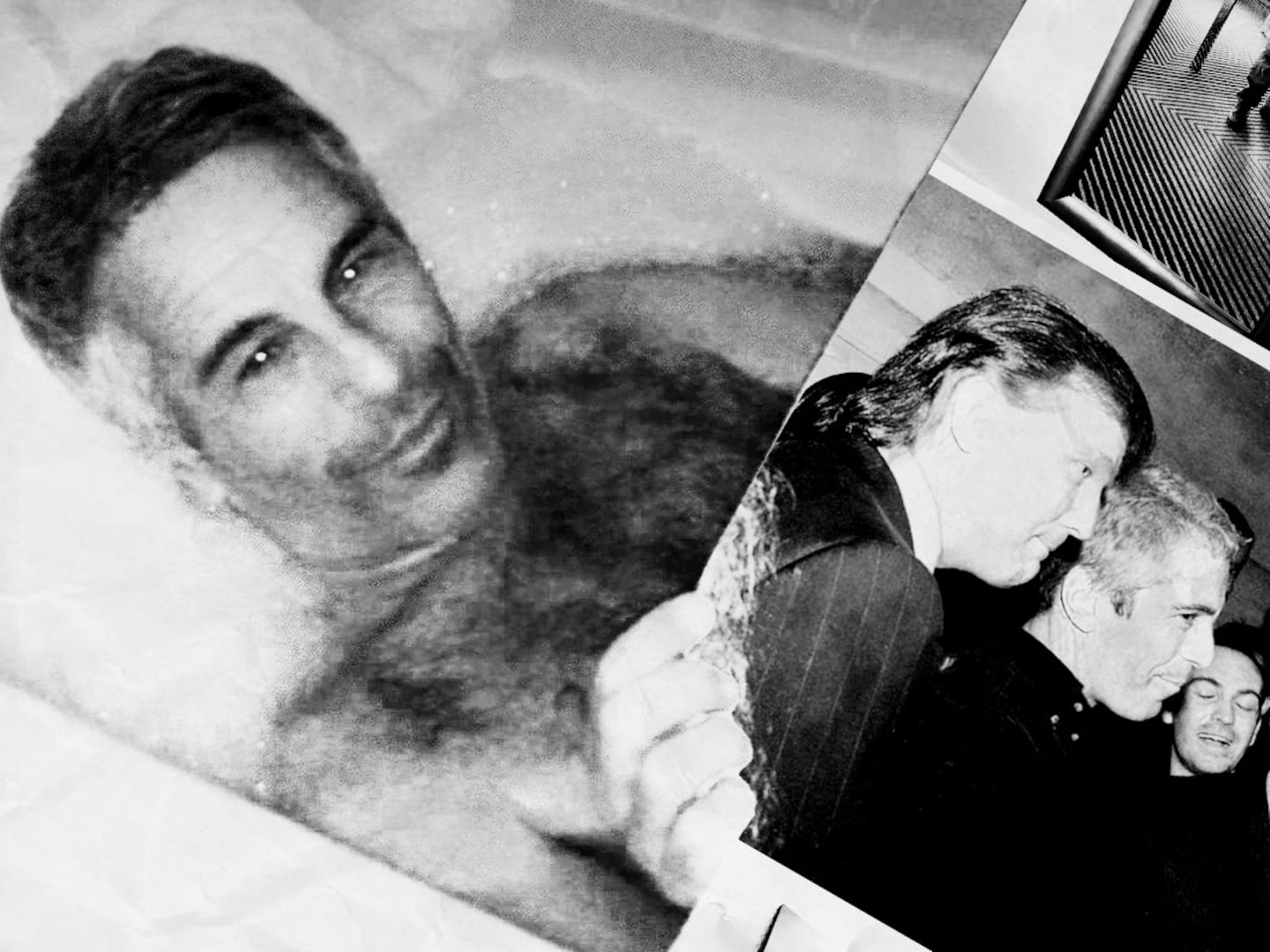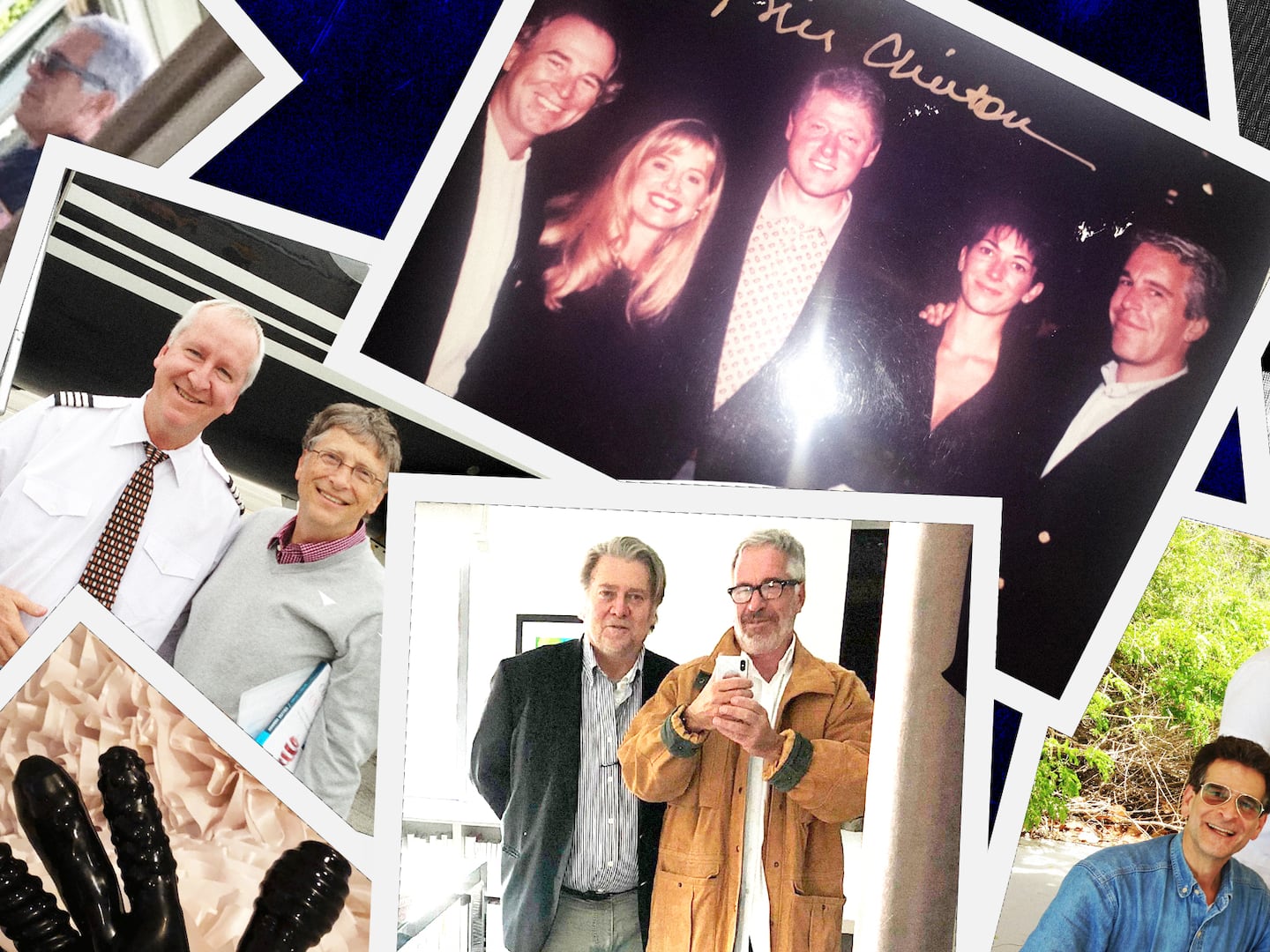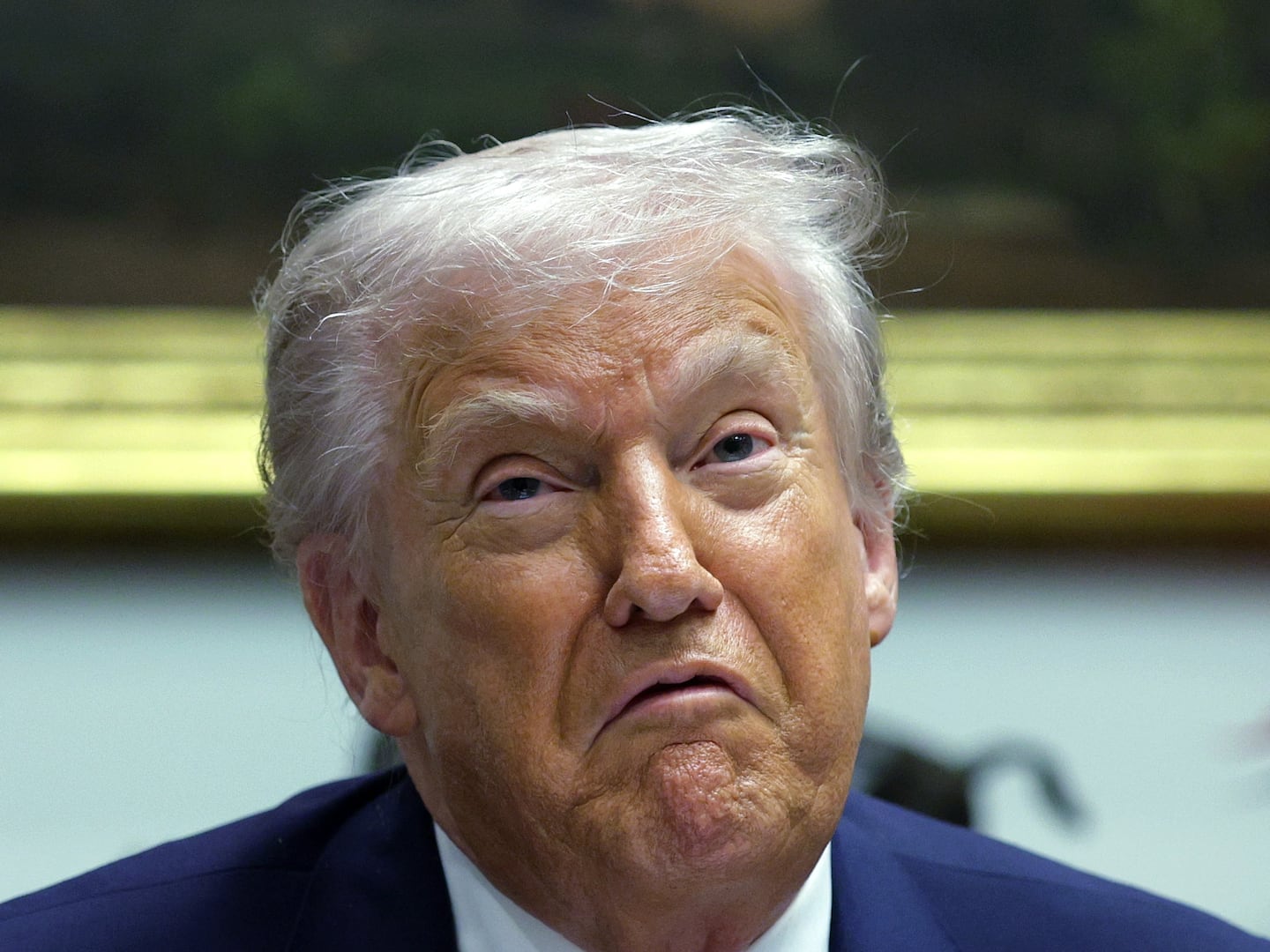“I’m one of you, but also not.” These words kept echoing in my head whenever I played with either boys or girls at school. I was assigned male at birth, and I tried to be one of the boys on the playground, but being a boy felt like a pair of shoes that didn’t quite fit.
I felt more at home playing with the girls at recess; it was safer than the rough-and-tumble world of boyhood where I had to constantly prove I was masculine enough to fit in. Yet even though playing with the girls felt more comfortable, there was still that distance between me and the other girls. “I’m one of you, but also not.”
This was during the ’90s when words like “non-binary,” “genderqueer,” and “transgender” didn’t exist. When I first heard of the term “transgender,” it meant just folks who medically transitioned from one gender to the opposite, and since I’m fine with my body (except for my excessive body hair), I assumed I was just a very androgynous boy.
It wasn’t until my late twenties that I found a YouTube video that described being genderqueer as “being both a boy and a girl at the same time.” Wait, there’s a word for that? I began exploring my gender identity and soon found words that fit me better than “boy” and “girl:” non-binary and genderqueer.
Now publications like Rewire News and Pacific Standard are declaring that the future is non-binary. It certainly seems that way. Numerous states offer non-binary gender markers on state IDs. United Airlines and Airlines for America now accept IDs that have non-binary X gender markers.
Celebrities like Sam Smith are starting to come out as non-binary. There are even gender-neutral bar/bat miztvahs for non-binary Jewish teens. We live in an exciting time where non-binary people like me are not only becoming more accepted, but also challenging society’s black-and-white ways of seeing gender.
Even though I live in the conservative Eastern Shore region of Maryland, I haven’t gotten much pushback from anyone. My family and friends love me for who I am, although some of them still have trouble remembering my pronouns are they/them/their. The most I get is someone giving me weird looks and murmuring, “It takes all kinds, I guess.”
It’s still a struggle, however, because the Eastern Shore is just starting to realize that binary trans people exist, so the concept of being non-binary is far too advanced for them right now. Social interactions are still based on the gender binary, and I never know what I’m supposed to do in social situations.
For example, at my old job I would often go to my co-workers’ houses for their kids’ birthdays. The men would ask me to help carry tables out of the shed to set up outside. I was always happy to help out, and they appreciated my help. After a while, though, the conversation the men were having eventually went into unfamiliar territory: sports, grilling, and home repair.
“I bought these cute shoes from Target yesterday!” I chimed in attempting to be one of the guys. They just smiled and nodded, so I eventually walked away and hung out with the women as an effort to fit in.
“You look great today, Tris!” they said.
“Oh, thank you!” I responded. For a brief moment I was one of the girls until the subject of the ridiculous things men do popped up. At first I nodded in agreement with the shitty things men do, but then one of the women would say, “Men just don’t listen! Oh, uh, no offense, Tris.” Everything was going so well until someone had to point out that I’m not one of the girls after all. That’s when I would walk away and play with the family dog. Social dysphoria struck again.
Since non-binary gender markers aren’t available here in Maryland yet, I haven’t legally changed my name and gender marker; every doctor, pharmacist, and dentist in the area only knows me by my birth name and male gender marker. I wonder whether or not I should say something, but in the end I decide I don’t have the time, so I just quietly wince whenever people refer to me as “he.”
That might change soon, though. Earlier this year both the state House and Senate passed a bill that would offer X gender markers on Maryland state IDs. Of course Maryland Republicans objected, but they couldn’t come up with any legitimate arguments other than “God doesn’t like it” and “I don’t like it.”
Fortunately MD Democrats recognized that state is a lot more diverse than Republicans think, so it’s only fitting that our state IDs represent everyone. At this point it’s up to Gov. Larry Hogan to either sign or veto the bill. Hopefully he’ll sign it so I can totally live as my true self.
Although I’ve never had any trouble with TSA, other non-binary people aren’t so lucky. Alex Marzano-Lesnevich wrote about one such experience last month in the New York Times.
Because TSA agents have to select either “male” or “female” for their imaging portal, trans and non-binary people are often pulled aside for invasive pat downs, which is what happened to Marzano-Lesnevich. If we stopped seeing gender as a strict binary—and stopped equating biological sex to gender—a simple task like taking a flight won’t be such a task for trans and non-binary people.
Of course this non-binary future won’t just benefit trans and non-binary people, but also cis people as well. Monica Hesse of the Washington Post recently caught a glimpse of this when she interviewed Queer Eye's Jonathan Van Ness and Tan France.
The two stylists remarked on how conforming to gender norms perpetuates harmful gender stereotypes. “For men,” Van Ness said, “it increases toxic masculinity and it enhances the ‘boys will be boys’ culture, instead of saying kindness and creativity and sensitivity can be really strong, and vulnerability can be really strong. And what it does to women is it keeps women underestimated; it makes it harder for them to come to the forefront.”
I internalized a lot of toxic masculinity in my life. I used to be the Sensitive Nice Guy waiting for a Manic Pixie Dream Girl to save me from my existentialist ennui, like in the movies. It ruined a lot of friendships. Although I take full responsibility for my actions, I wonder if seeing not just gender identity, but also gender roles, as a spectrum will help young men question what they’ve been taught about what it means to be a man.
Then they can reject toxic masculine ideas about how men should be dominate, stoic, and not give women personal autonomy. Maybe this non-binary future can also question why certain attributes are labeled either masculine or feminine: why should only women be nurturing, and only men be strong?
Why can’t all genders be both nurturing and strong at the same time? Seeing both gender identity and gender roles as spectrums can liberate us all from the patriarchy.
This could be the start of a new gender revolution where patriarchal norms of what it means to be either a man or a woman are finally put to rest. Our society can view gender as a huge complex tapestry of identities, roles, and presentations.
This in turn will not only make our society more accepting of trans and non-binary folks, but also give cis people the freedom to fully embrace all the complexities of their personalities. If the future is non-binary, then let’s get on with it!
